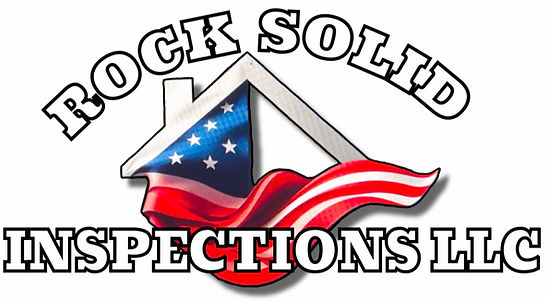Understanding the 4-Point Inspection: Benefits and Details

A 4-point inspection is a comprehensive assessment primarily used in the insurance industry to evaluate the condition of a home, particularly older properties. This inspection focuses on four critical areas: the roof, electrical system, plumbing system, and HVAC (heating, ventilation, and air conditioning) system. Conducted by a licensed inspector, the
4-point inspection aims to identify potential issues that could affect the safety, functionality, and insurability of a home. This document delves into the specifics of each component of the inspection and highlights the benefits of undergoing such an evaluation.
Components of a 4-Point Inspection
1. Roof
The roof is one of the most crucial elements of a home, as it protects against weather elements and contributes to energy efficiency. During the inspection, the inspector will assess the roof's age, condition, and any visible signs of damage, such as missing shingles, leaks, or deterioration. A well-maintained roof is essential for preventing water damage and ensuring the longevity of the home.
2. Electrical System
The electrical system is evaluated to ensure it meets current safety standards and can handle the demands of modern living. Inspectors will check the condition of wiring, circuit breakers, outlets, and the overall electrical panel. They will look for outdated components, signs of wear, or potential fire hazards. A safe and functional electrical system is vital for the safety of the occupants and the overall integrity of the home.
3. Plumbing System
The plumbing system inspection involves checking for leaks, water pressure, and the condition of pipes and fixtures. Inspectors will assess the water heater, drains, and any visible plumbing components. Identifying plumbing issues early can prevent costly repairs and water damage in the future.
4. HVAC System
The HVAC system is crucial for maintaining a comfortable living environment. Inspectors will evaluate the heating and cooling systems, including the furnace, air conditioning units, ductwork, and thermostats. They will check for proper functioning, maintenance history, and any signs of wear or inefficiency. A well-functioning HVAC system is essential for energy efficiency and indoor air quality.
Benefits of a 4-Point Inspection
1. Insurance Requirements
Many insurance companies require a 4-point inspection for homes that are over a certain age, typically 30 years. This inspection helps insurers assess the risk associated with insuring the property. By completing a 4-point inspection, homeowners can often secure coverage or lower premiums.
2. Identifying Potential Issues
A 4-point inspection can uncover hidden problems that may not be immediately visible to homeowners. By identifying these issues early, homeowners can address them before they escalate into more significant, costly repairs.
3. Peace of Mind
For both current homeowners and prospective buyers, a 4-point inspection provides peace of mind. Knowing the condition of critical systems in the home can alleviate concerns about unexpected repairs and help homeowners make informed decisions.
4. Increased Property Value
A home that has undergone a 4-point inspection and has been well-maintained can have a higher market value. Potential buyers are often more attracted to properties that have documented inspections and maintenance records, as it indicates a responsible ownership history.
5. Safety Assurance
Ultimately, a 4-point inspection contributes to the safety of the home. By ensuring that the roof, electrical, plumbing, and HVAC systems are in good condition, homeowners can protect their families from potential hazards.
In conclusion, a 4-point inspection is a valuable tool for homeowners and prospective buyers alike. By focusing on the roof, electrical, plumbing, and HVAC systems, this inspection provides a thorough assessment of a home's condition, ensuring safety, compliance with insurance requirements, and peace of mind.




_edited_edited.jpg)